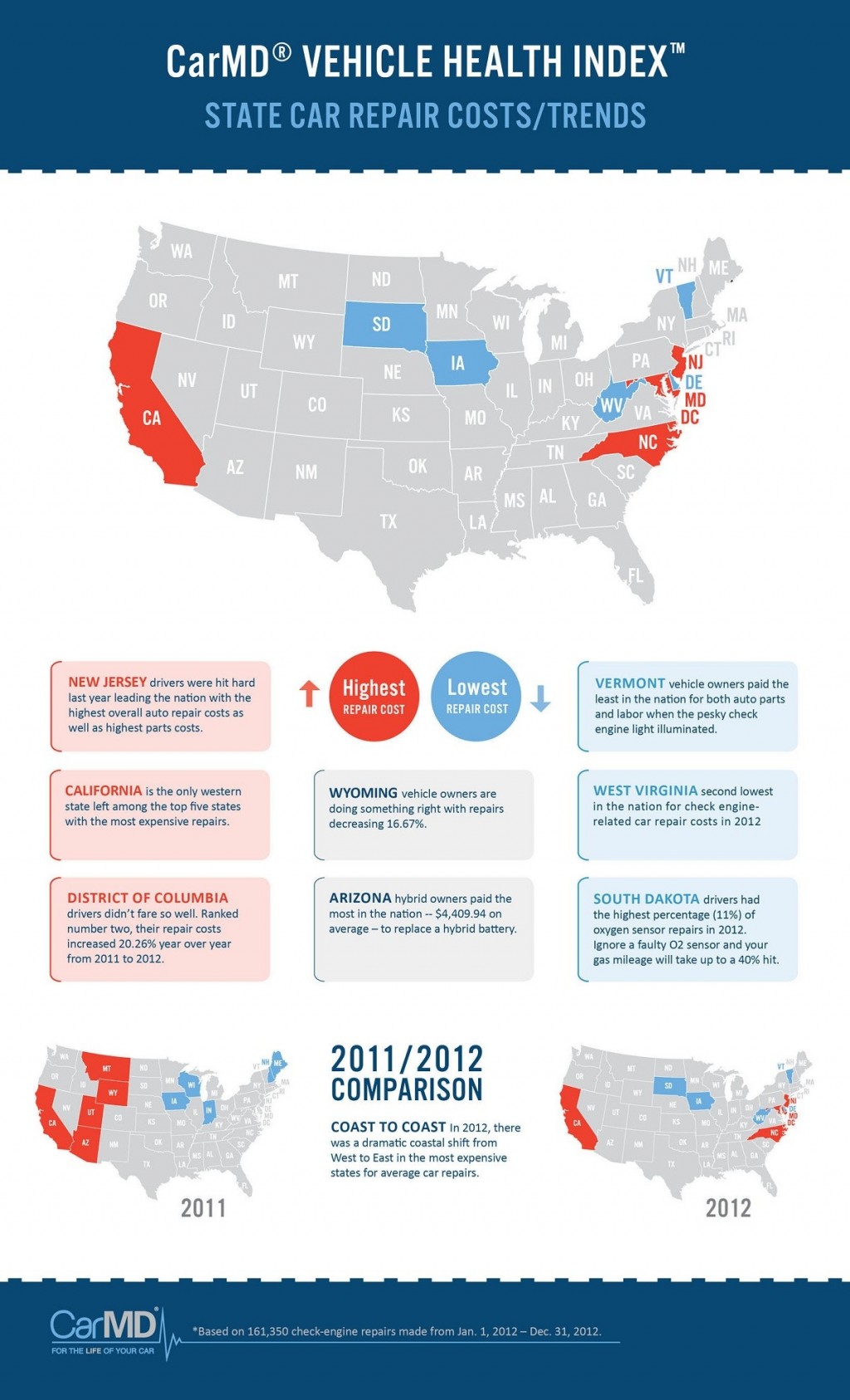Decoding Your Vehicle'S Warning Indicators: What They Genuinely Represent
Decoding Your Vehicle'S Warning Indicators: What They Genuinely Represent
Blog Article
Developed By-Boye Alvarado
When you lag the wheel, those radiant caution lights on your dashboard can be a little bit bewildering. Do you recognize what they're trying to inform you concerning your automobile's health and wellness? Comprehending the relevance of these lights is essential for your safety and the long life of your vehicle. So, https://judahbonjd.qodsblog.com/31229794/specialist-insights-a-discussion-with-a-vehicle-outlining-professional-on-ideal-strategies following time one of those lights pops up, wouldn't you intend to analyze its message accurately and take the necessary steps to address it?
Common Caution Lighting and Interpretations
Recognize usual caution lights in your car and recognize their meanings to guarantee safe driving.
One of the most typical caution lights consist of the check engine light, which signifies problems with the engine or exhausts system. If this light begins, it's essential to have your automobile inspected immediately.
carvaletnearme warning light indicates low oil stress, requiring instant attention to prevent engine damages.
A flashing battery light could suggest a defective billing system, possibly leaving you stranded otherwise attended to.
The tire pressure monitoring system (TPMS) light informs you to reduced tire stress, impacting lorry security and gas effectiveness. Overlooking full service car cleaning near me could lead to unsafe driving conditions.
The abdominal light suggests a trouble with the anti-lock stopping system, endangering your ability to quit swiftly in emergencies.
Last but not least, the coolant temperature alerting light warns of engine overheating, which can result in serious damage if not dealt with quickly.
Understanding these usual caution lights will certainly aid you resolve problems without delay and maintain safe driving conditions.
Value of Prompt Attention
Understanding the typical caution lights in your cars and truck is only the very first step; the importance of without delay attending to these cautions can't be stressed enough to guarantee your safety and security on the road.
When a caution light illuminates on your control panel, it's your car's way of connecting a potential problem that needs interest. Disregarding these warnings can lead to more severe troubles down the road, jeopardizing your safety and security and potentially costing you much more out of commission.
clicking here to warning lights can stop break downs and accidents. As an example, a flashing check engine light might indicate a misfire that, if left neglected, can cause damages to the catalytic converter. Resolving this quickly can save you from an expensive repair.
Likewise, a brake system advising light may signify low brake fluid or worn brake pads, essential parts for your security when driving.
DIY Troubleshooting Tips
If you see a caution light on your control panel, there are a few DIY repairing tips you can try prior to looking for specialist assistance.
The very first step is to consult your auto's guidebook to comprehend what the particular warning light shows. Often the problem can be as simple as a loosened gas cap activating the check engine light. Tightening up the gas cap may fix the trouble.
One more typical issue is a reduced battery, which can trigger different advising lights. Examining the battery links for rust and guaranteeing they're safe could fix the trouble.
If a warning light continues, you can try resetting it by separating the car's battery for a few mins and after that reconnecting it. Additionally, checking your vehicle's liquid degrees, such as oil, coolant, and brake liquid, can assist troubleshoot advising lights connected to these systems.
Conclusion
To conclude, recognizing your vehicle's caution lights is important for maintaining your automobile running efficiently and safely. By immediately resolving these alerts and knowing what they suggest, you can prevent pricey repairs and potential malfunctions.
Remember to consult your car's manual for particular details on each alerting light and act appropriately to guarantee a hassle-free driving experience.
Keep informed, remain safe when driving!
